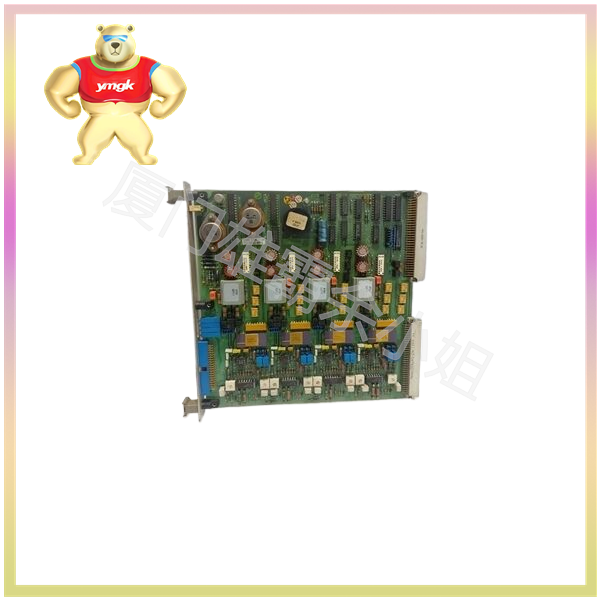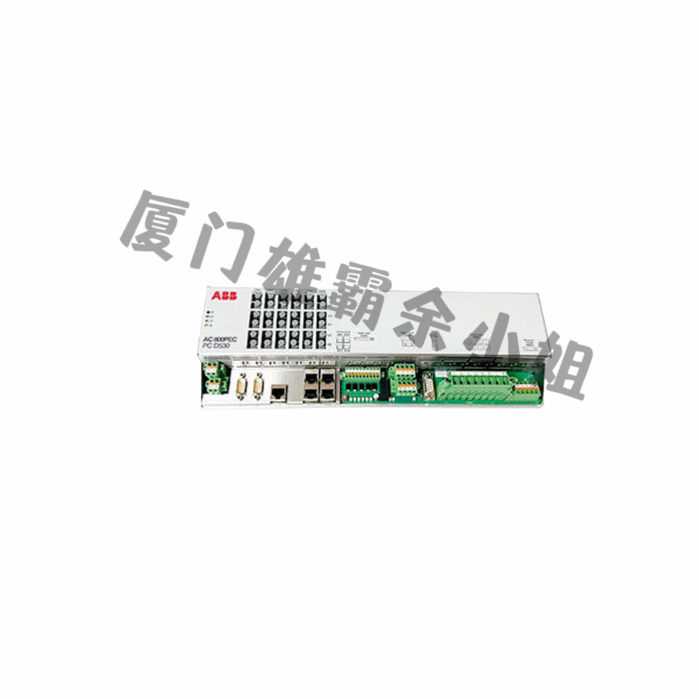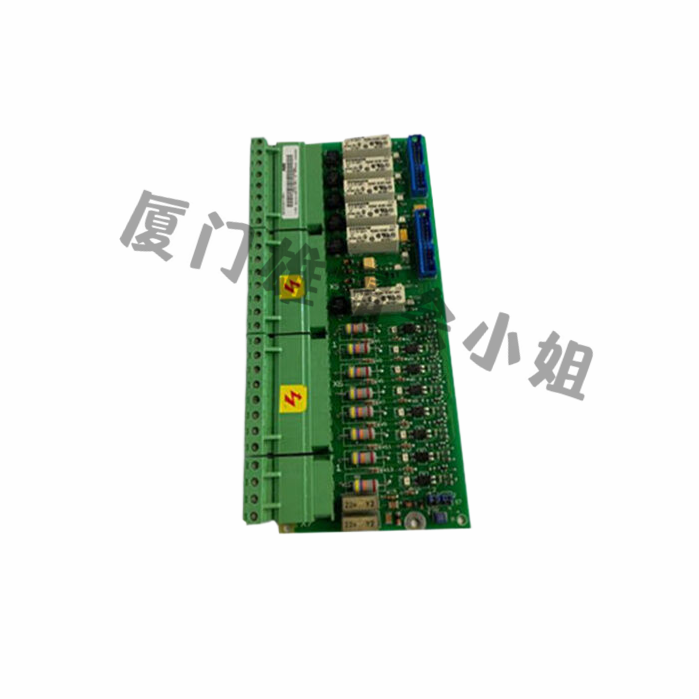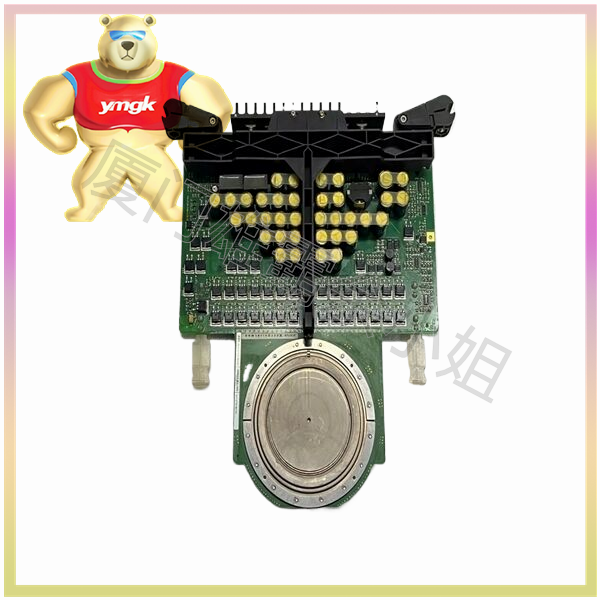Servo drives, also known as “servo controllers” or “servo amplifiers”, are a type of controller used to control servo motors. Their function is similar to that of a frequency converter acting on a regular AC motor, and they are part of a servo system. They are mainly used in high-precision positioning systems. Generally, servo motors are controlled through three methods: position, speed, and torque to achieve high-precision positioning of the transmission system. Currently, it is a high-end product in transmission technology.
Basic Introduction
Servo drives are an important component of modern motion control and are widely used in automation equipment such as industrial robots and CNC machining centers. Especially for servo drives used to control AC permanent magnet synchronous motors, they have become a research hotspot both domestically and internationally. The current design of communication servo drives commonly adopts a current, velocity, and position closed-loop control algorithm based on vector control. The rationality of the speed closed-loop design in this algorithm plays a crucial role in the performance of the entire servo control system, especially in terms of speed control.
The real-time speed measurement accuracy of the motor rotor is crucial for improving the dynamic and static characteristics of the speed control in the servo drive speed loop. To seek a balance between measurement accuracy and system cost, incremental photoelectric encoders are generally used as speed sensors, and the corresponding commonly used speed measurement method is the M/T speed measurement method. Although the M/T speed measurement method has a certain measurement accuracy and a wide measurement range, it has inherent defects, mainly including:
1) At least one complete code wheel pulse must be detected during the speed measurement cycle, which limits the minimum measurable speed;
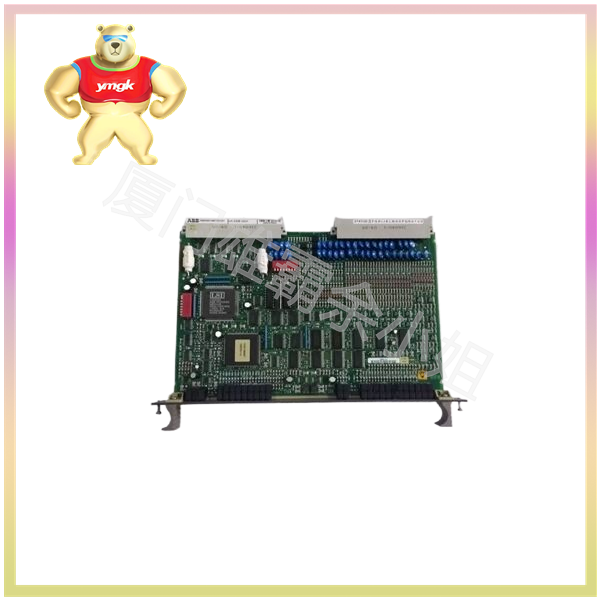
2) The timer switches of the two control systems used for speed measurement are difficult to strictly maintain synchronization, and the accuracy of speed measurement cannot be guaranteed in measurement scenarios with large speed changes. Therefore, the traditional speed loop design scheme using this speed measurement method is difficult to improve the speed tracking and control performance of servo drives

